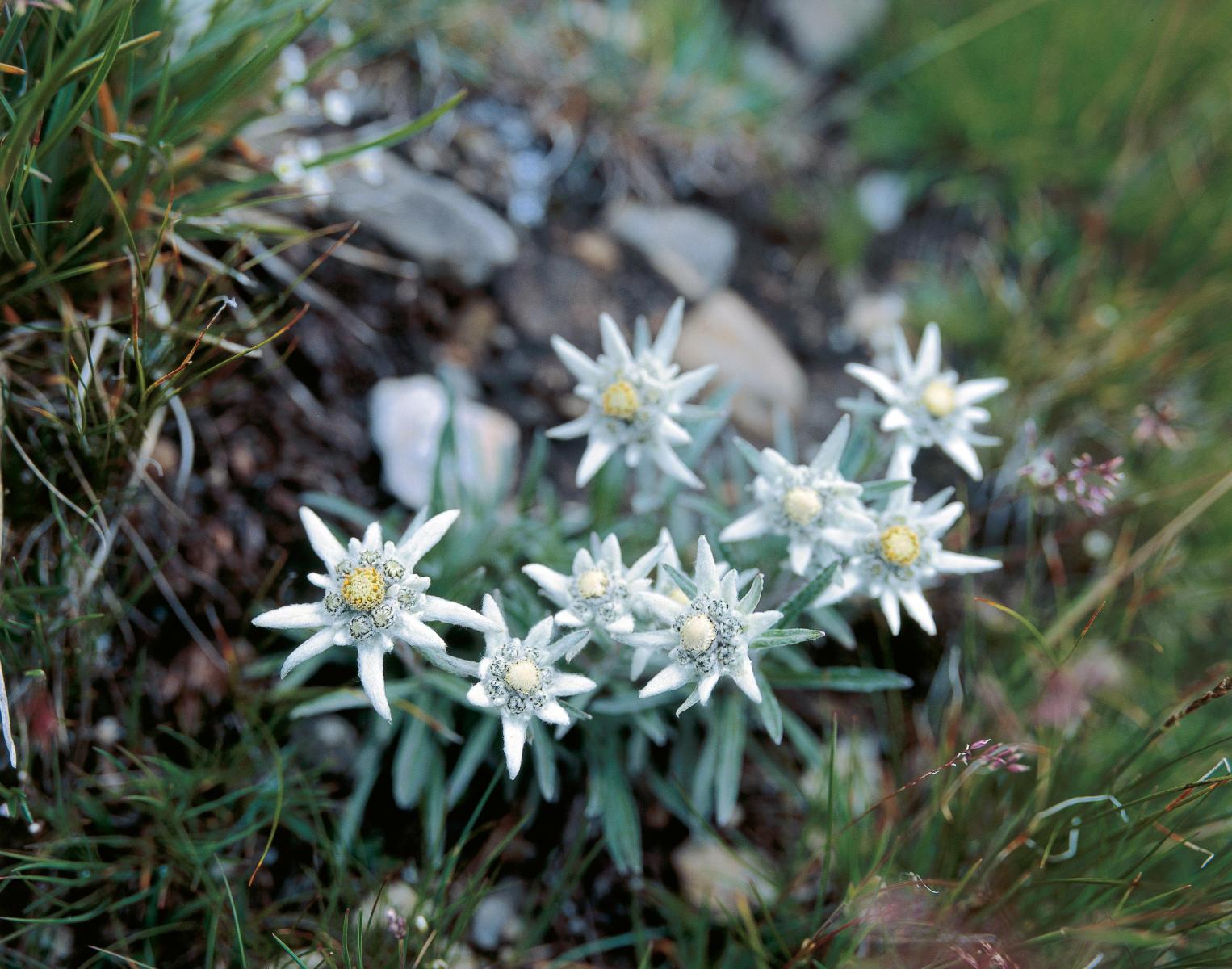- Trips
- Tour Calendar
- About Our Tours
- Plan a Trip
- Book a Trip
- About Us
- Contact Us


.jpg)
The Haute Route is a classic trekking route that goes from Chamonix to Zermatt, connecting Mont Blanc with the Matterhorn. Rather than just a single path, it’s really a network of trails traversing the Pennine Alps and crossing the high passes and glacial valleys of the region. It’s widely regarded as one of the most scenic treks in Europe.
For hikers, the Haute Route has a short season—typically less than 3 months—and conditions can vary immensely in that short time frame. Fortunately, since the Pennine Alps are located on the southern side of the Alps, they tend to be drier and have more favorable weather than the Bernese Alps to the north. In fact, the Pennine Alps only get about half as much rainfall as the Bernese Alps. It’s not uncommon to be on the Haute Route for a week at a time and never have to hike in the rain.
June is wet throughout the Alps and at higher elevations that precipitation often means snow. Some hikers attempt starting the Haute Route in late June, but they should be aware that many of the higher passes will be snowbound through about the first week in July. In a normal snow year, the first crossing of the Prafleuri, Louvie, or Forcletta pass occurs around July 5th and you may still have some passes with snow up to your hips.
July is a great time in the Haute Route The earliest we would recommend starting on the Haute Route is July 1st and even then you may have to reroute a day or two. Once the snow is off the trail, July offers wonderful conditions. Wildflowers are in their prime and the alpine meadows are lush and green. There are cows, sheep, and goats on the pastures, and on the lower Alps the farmers are already putting up hay.
Everything glistens in July and the glaciers and waterfalls are especially beautiful. You will also find that crowds are somewhat smaller in July than in August. Days are long and you will often have usable sunlight until about 9:30 at night.
August is full of surprises. It’s your best chance for seeing the late blooming wildflowers like edelweiss. Weather is generally very favorable. Summer is in full swing so you will find many festivals in the villages.
There is also a good number of hikers on the trail in August but don’t let that put you off. Once you are outside the villages and beyond the huts, it is possible to hike for hours on end and never see another person. When you do see hikers on the trail it really is a welcome event. After all, the Haute Route is a very social trail.

September is an undiscovered secret on the Haute Route. Early to mid-September is an especially enjoyable time to be on the Haute Route since September typically has less rain and a more stable weather pattern than either July or August. The trails are generally quiet. In many areas you can hike all day and never seeing more than a handful of other hikers.
Days are still long enough to enjoy plenty of hiking and the sun doesn’t set until about 7:30 with usable daylight until about 8:00 p.m. At the higher elevations you have early fall colors and the larches are turning a lemon yellow. Because the crowds of August are gone, some restaurants and the tourist services in resort areas like Verbier have already closed for the season. But those that are open are especially welcoming and they offer a higher level of service and some exciting menu choices like fresh game including chamois and ibex—things you would never find in August.
You will also find that in September, airfare from the US is considerably lower than during the peak summer months of July and August.
.jpg)
You can have a great experience on the Chamonix-Zermatt Haute Route in July, August, or September. Whichever season you choose, you’ll have the best opportunity to get exactly the trip you are looking for by planning ahead. When it comes time to make your plans, call one of the Haute Route specialists at Alpenwild. Whether you choose a fully guided or a self-guided trip you can be assured the trip of a lifetime.